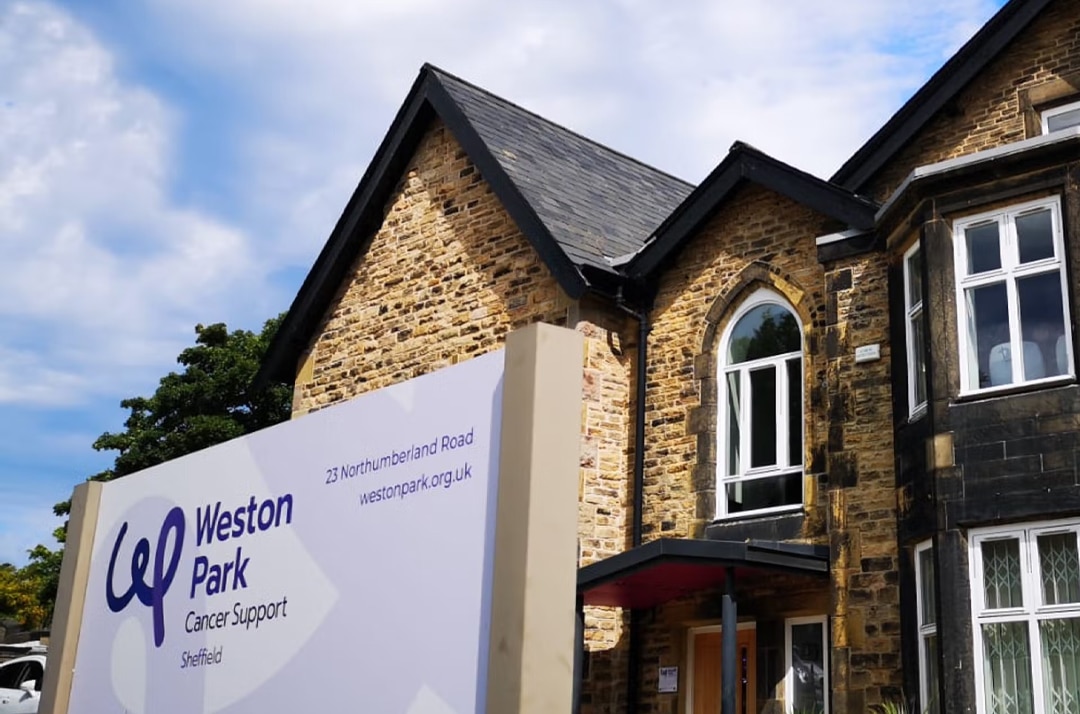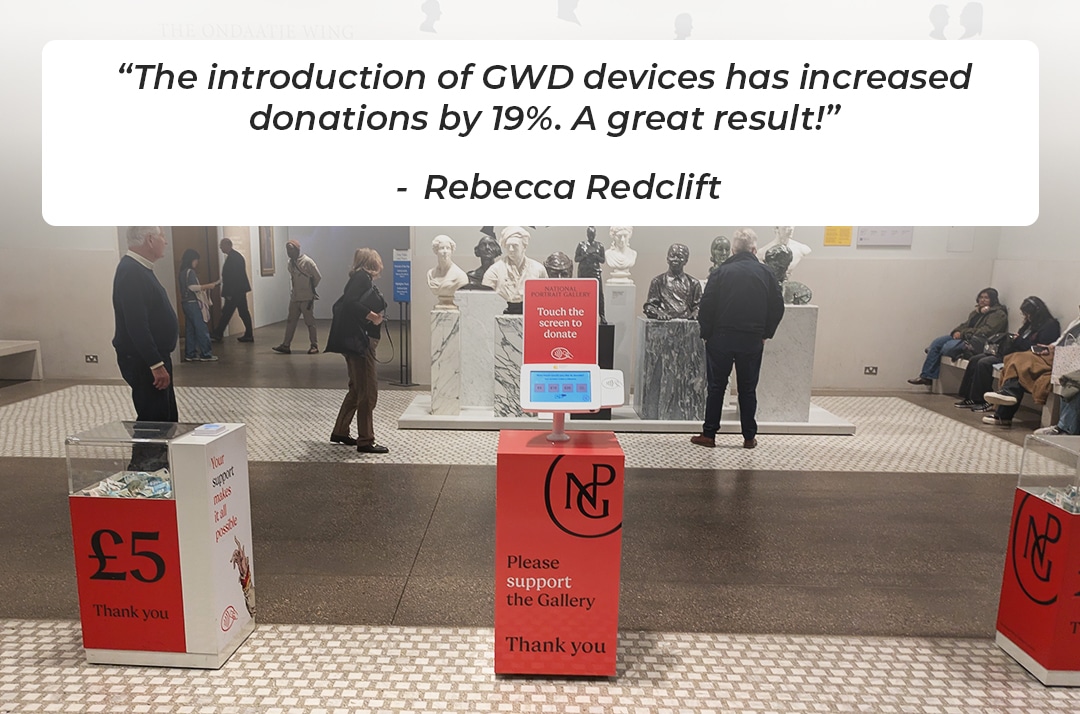
Chatsworth House Trust
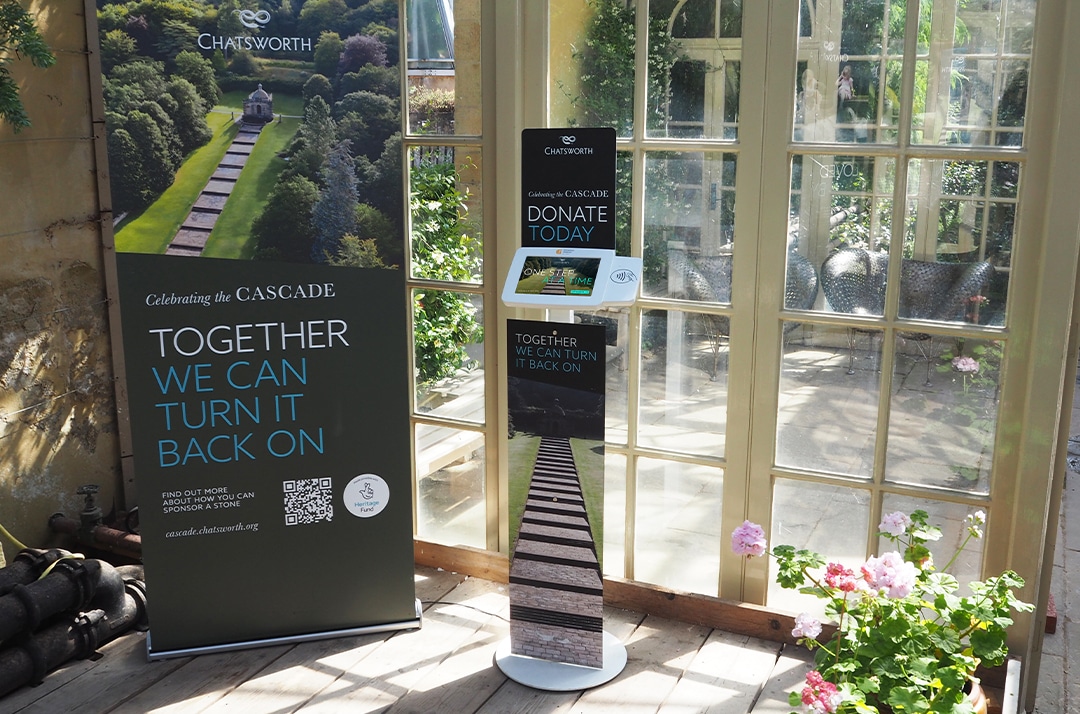

Ben Widdows
CEO
Chatsworth House Trust have been working with GWD for several years. Last year they launched a new fundraising campaign to restore their popular Cascade feature, and we helped them set up new contactless donation devices to capture on-site donations.
Having launched the campaign, we could immediately see how successful it was. This summer, I visited Chatsworth and met with their development team to find out what was working so well…
Key insights:
Pick the right cause
The Cascade restoration project offers emotional connection, provides a spark of inspiration and a point of interest to all sorts of supporters, making it easy to get behind.
Volunteers can bring a cause to life
well-briefed, well-trained and highly engaged volunteers can bring a campaign to life in a way that information boards can’t always replicate.
Test and learn
Chatsworth have found great success with their “Sponsor a Stone” offer – and it has been important to offer supporters a range of donation sizes (from £1 to £500).
Visible opportunities to donate
The Cascade fundraising hub was well set-up with interesting panels that add value to a visit and clear opportunities to donate through a visible Skinny Donation Station.
Small donations prove engagement
In the context of a £7.5m campaign the on-site fundraising is small, but critically, it proved to the larger funders that there is public engagement, which unlocked grant funding.
Capitalise on the buy-in
Capturing email addresses at the point of highest impact enables you to keep them engaged and updated and is a valuable source of donors for the future.
A site visit to learn
Charities that operate pay-to-enter sites, have an additional challenge in their onsite fundraising, they need to explain their cause to visitors and show them why they need their support.
After a few months of using their GWD Donation Station, Chatsworth House Trust had caught my attention for its unusually strong donation performance, it was clear they had succeeded in making the case for support from visitors.
I arranged a visit to understand how, and was hosted by Miles, their Development Manager, who kindly showed me round and talked me through their campaign which includes the physical restoration of the Grade 1 listed water feature and a huge public learning and engagement outreach programme to schools and local charities.
We began at the Cascade, the focus of their current fundraising campaign. It’s an 18th-century water feature, both an engineering marvel and (when the water is flowing) a beautiful place to spend some time. The scale of the fundraising goal (£7.5 million) is no small challenge, yet they’ve already secured £125,000 in visitor donations and leveraged this to unlock over £4 million in further grant funding. Things are going well.

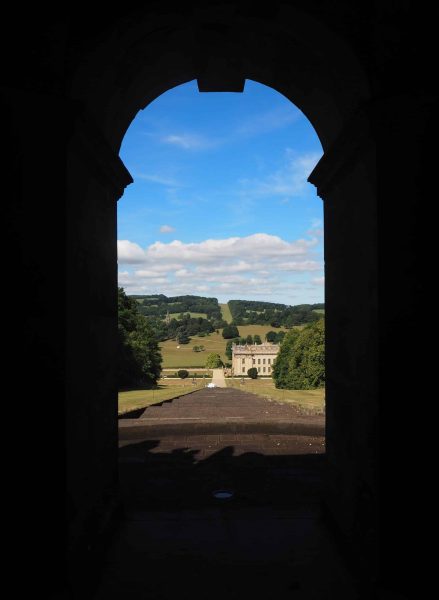
A drop in the cascade
I could see that Miles was really pleased with how the onsite fundraising was going and the performance of the GWD Donation Station, however with less than 2% of the campaign target raised through onsite fundraising, I had to ask… “This seems like a drop in the ocean, so why does it matter?” Miles explained that even though the value was small, the number of donations was critical.
Over 1,100 people had already donated and shown their support for the campaign and this proved to the major funder (The National Lottery Heritage Fund) that this project matters.
Without these donations, the overall fundraising project may not have succeeded, so this plays a vital part. Miles set a target for on-site fundraising of £250,000, so we’re about half way there!
People power
At the Cascade, I was shown a large information board explaining the restoration need and the campaign target. This was the only permanent signage used around the Cascade as Chatsworth has made a curatorial decision to keep signage minimal, preserving the visual integrity of the site. This means that Miles relies heavily on volunteers to communicate with visitors.
They’ve successfully recruited 23 volunteers who are on a rotating schedule, positioned near the Cascade to explain its significance, the restoration needs, and the campaign. However, just having a group of people who will show up is not really enough, I was impressed by the time Miles spends making sure they’re briefed regularly and kept motivated.
While not every interaction can include a direct fundraising ask (and understandably so), the volunteer presence plays a vital role in bringing the appeal to life. As we stood at the site, it was clear how critical this human touch was.
Having Miles there to explain it, and hearing the stories he told really brought the Cascade to life. Without this it could easily be seen as just another feature in a busy garden.
I enjoyed Miles’ story about the hidden holes in the floor of the Cascade Temple. Guests of the Duke would unknowingly stand over them, admiring the view, while a concealed lever diverted water to spray them from below; a comical story that I know my kids would have enjoyed. I believe they even hope to restore this feature during the project.
Trial, error & entrepreneurial spirit
It was interesting to hear about the “Sponsor a Stone” offer that they’re using to boost the campaign. For a donation of £100 or more supporters can sponsor one of the two thousand stones that make up the Cascade.
As this initiative grows, supporter names will be added to the wall on their fundraising hub, offering a visual and memorable legacy of the people who have supported the project. Miles explained that they’d also tried other fundraising options/prices and a great deal of thought was undertaken to settle on the £100 stone sponsorship price – although supporters could (and do) make larger gifts of £250 and £500 for stones.
Interestingly, whilst supporters could donate £20, £50 or £75 – nearly all of them have chosen the £100 figure to sponsor a stone and with the option of a hard copy Cascade certificate including the sponsor’s name. So Chatsworth changed its fundraising leaflets to stress the £100 sponsorship option and to include an image of the certificate.
For me this showed an important entrepreneurial approach to fundraising. Sometimes you have to try a range of options, take the learnings and adapt. Keep trying and you’ll find the thing that works.
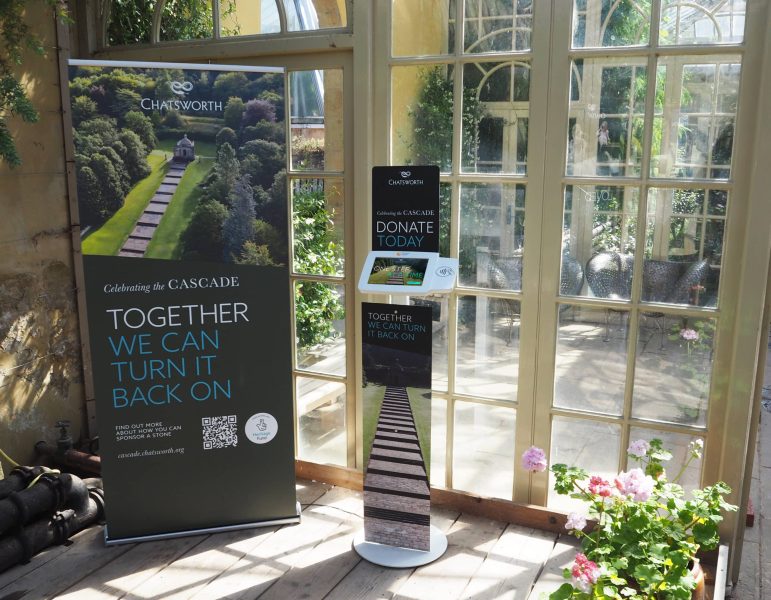
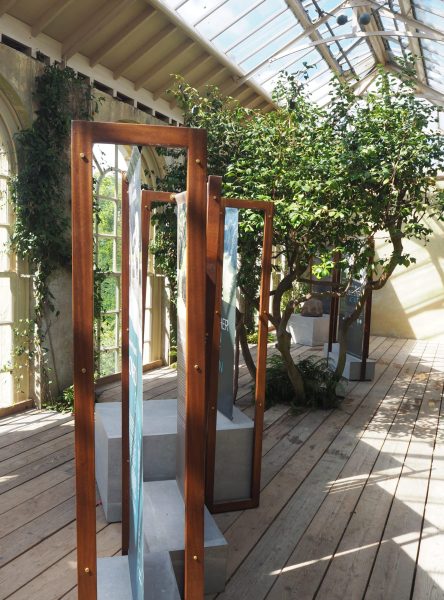
The Fundraising Hub
We then went down to the Cascade Fundraising Hub, located in a former conservatory in the rose garden—once home to camellias, some of which remain. We were joined by Heather who works closely with Miles on this project. The space has been cleverly repurposed to offer value to visitors: interpretive panels, historical context, and a quiet, reflective environment.
This is where the Donation Station is being used. I could immediately see it was well-placed: visitors encounter it on the way in and again on the way out. That double exposure reinforces the ask without being pushy.
Please stay in touch!
We started discussing the campaign more generally and Heather told me about the work she does to keep in touch with supporters and tell them how the project is going. They are hoping to send out a regular newsletter and make subtle prompts for further financial support.
I mentioned the “Keep In Touch” feature on our Donation Station which they had not yet taken advantage of. After making a donation the device can ask if they’d like to be contacted with news of the campaign. Miles explained they hadn’t started using it as they were hesitant to complicate the donor journey.
I pointed out that this is always requested after the donation is complete, not before and therefore doesn’t have any impact on donations. This made sense and they’re now planning to switch it on. This is a small operational tweak with potentially large implications for future engagement.

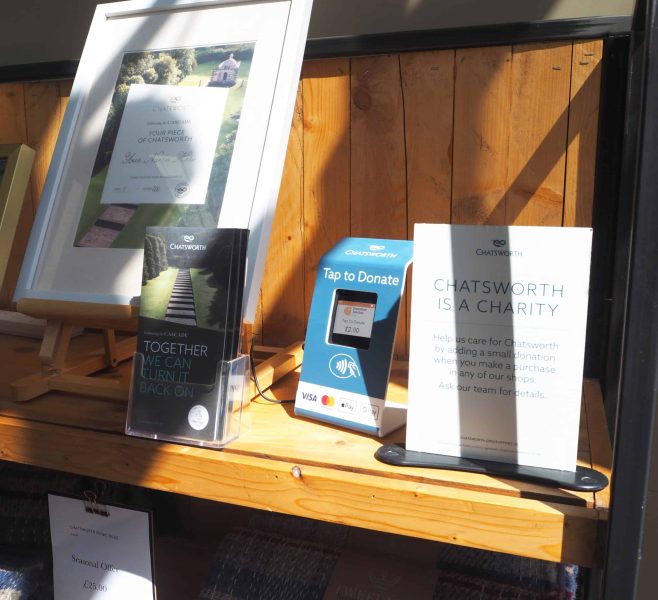
Around the house
We talked about other fundraising opportunities around the house. They had previously experimented with a Pennies-style retail donation system where the shop tills prompted for a 25p donation.
While it raised some money, staff reported that around 1 in 10 customers were quite cross about being asked. This led the retail staff to become quite nervous of it and has not been continued.
The team have been using some of our quick & easy Express Donation Stations around the site, positioned at the end of the retail journey. These are picking up a steady stream of donations, but found that the one in the main house shop was performing less well, likely due to visibility and clutter—crowded by other merchandise and too easy to miss.
In contrast, the unit in the Stables was performing better, thanks to clearer visibility and space for donors to pause. The lesson is that donors need physical and visual room to consider and engage, small and busy spaces don’t usually lead to good fundraising.
Leaving the stables
As I was leaving, we walked past a section of The Stables that was currently undergoing repair. Miles & Heather reflected on a potential missed opportunity in that they had not replicated the success of the Cascade campaign for that. The Stables restoration had been a major capital project but wasn’t positioned as a fundraising appeal.
In hindsight, this felt like a lost chance to build a narrative and generate public buy-in. There are plenty more projects to come at Chatsworth though and I look forward to seeing those campaigns emulate the success of this one.
Interested in digital fundraising for your cultural venue?
Who are GWD?
We help socially-minded organisations transition to digital systems, building stronger relationships through impactful products and services.
Our experience goes back two decades, with a foundation building and providing critical digital services and products for the financial services and retail industries.
With a long-proven ability to handle challenging projects and a team of trusted experts, we work hard to solve problems and deliver change that helps others.
Recent Case Studies
 Back
Back to top


